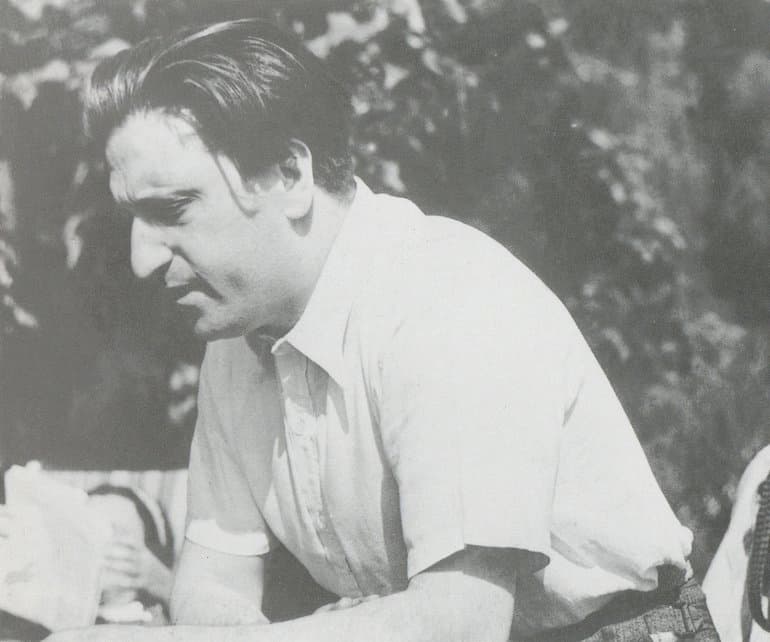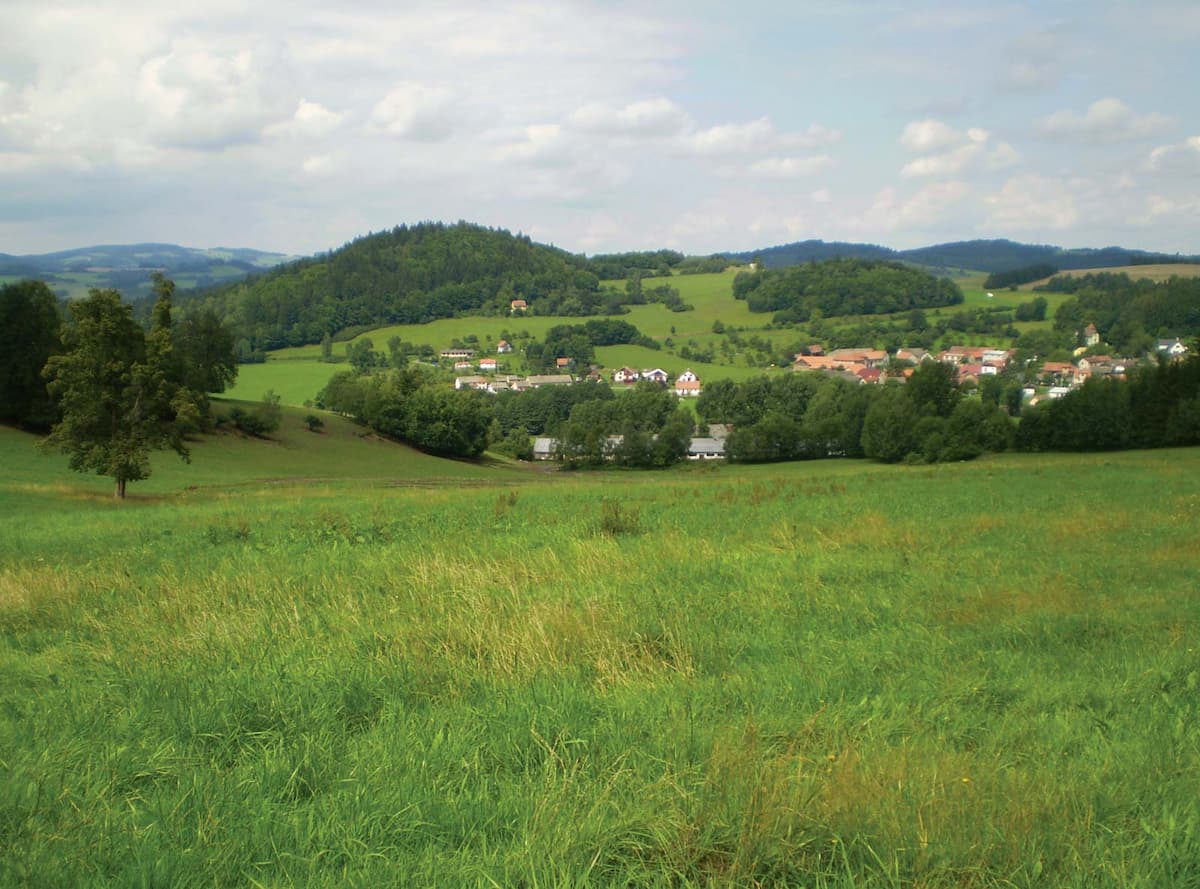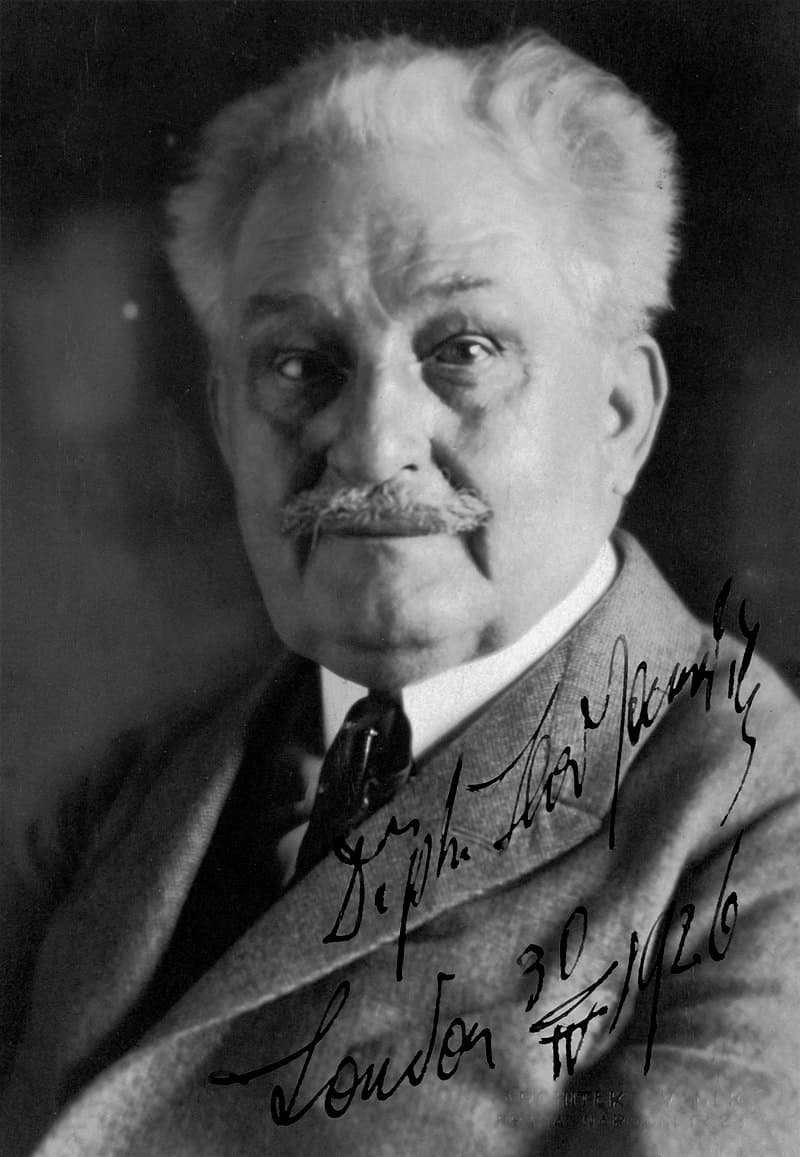The second string quartet by Pavel Haas (1899-1944) carries the unusual nickname “From the Monkey Mountains.” It references a popular holiday area in the rustic Vysočina highlands, popularly known as the Monkey Mountains, nestled between Bohemia and Moravia. A student of Leoš Janáček and a life-long resident of the town of Brno in Moravia, Haas composed these four programmatic essays inspired by a holiday in this scenic region in 1925. Scholars have suggested, “From the Monkey Mountains demonstrates the composer’s alignment with the Western musical avant-garde of the 1920s.” However, more recent studies have proposed, “Hass reconciled Janáčekian compositional technique with the ideas underpinning the contemporary Czechoslovak avant-garde movement known as Poetism.” Without doubt, this string quartet is a declaration of love to Moravia, and concordantly, it combines elements of Janáček’s compositional technique with jazz. This is particularly true of the fourth movement, which combines the string quartet with percussion ad libitum.
Pavel Haas: String Quartet No. 2, Op. 7 “From the Monkey Mountains” (Landscape) (Adamas Quartett)

Pavel Haas
Haas was born into a wealthy and prominent Jewish family in the Moravian capital of Brno. His father was a shoemaker by trade, and his mother Olga, originally hailed from Odessa. Pavel took private piano lessons and was quickly identified as a compositional prodigy. He initially entered the school of the Philharmonic but was drafted into the Austrian army in 1917. Two years later, he was admitted to the Brno Conservatory to study composition, and between 1920 and 1922 he studied in Janáček’s masterclass. It has been said that Haas “was far and away Janáček’s best student.” In his own compositions, he took the style of Janáček as his starting point but gradually developed his very own compositional language. While he was still working in his father’s workshop, he composed a variety of works, including symphonies, choral works, lieder, chamber music, and scores for cinema and theatre.
Pavel Haas: String Quartet No. 2, Op. 7 “From the Monkey Mountains” (Coach, Coachman and Horse) (Adamas Quartett)

Bohemian-Moravian Highlands
Haas reached his maturity as a composer in the mid-1930s, as his opera Šarlatán (The Charlatan) was first performed in Brno to enthusiastic acclaim in April 1938. During the horrific reign of Fascism, Haas suffered persecution on account of his Jewish origin, and all performances of his compositions were banned. In 1941, Hass was arrested and deported to the Theresienstadt (Terezín) concentration camp alongside several of his fellow Moravian-Jewish composers, including Viktor Ullmann, Gideon Klein and Hans Krása. Haas wrote at least eight compositions in the camp, including a set of “Four Songs on Chinese Poetry,” and the “Study for String Orchestra,” which was premiered in Theresienstadt. Nazi leadership remodeled the concentration camp in 1944, shortly before a visit from the Red Cross. A propaganda film, “The Führer Gives the Jews a City” shows children singing Hans Krása’s opera Brundibár, and “Pavel Haas can be seen taking a bow after a performance of his Study for Strings.” Once the propaganda project was concluded, Haas, alongside 18,000 prisoners, was transferred to Auschwitz and murdered in the gas chambers.
Pavel Haas: String Quartet No. 2, Op. 7 “From the Monkey Mountains” (The Moon and I) (Adamas Quartett)

Leoš Janáček
The composer described “From the Monkey Mountains” as “a carefree work dominated by the impetus of movement, either the regular rhythm of the open landscape and birdsong or the irregular clattering of the village carts, the warm beating of the human heart, the cold play of moonlight or the frenzied ending of a rumbustious night.” Haas was a masterful tone painter, as the opening movement evokes a series of atmospheric scenes, including chirping birds, mist-shrouded hills and fast-moving clouds. The tempo of the second movement is closely related to the programmatic “coach, coachman and horse,” and in the third movement, Haas sounds a nocturnal meditation. In the original version, Haas added percussion to the four strings in the rambunctious concluding movement that also blends folk melodies with jazz elements. Contemporary audiences could not come to terms with the inclusion of percussion, and Haas produced a second version given entirely to the string instruments. Both “From the Monkey Mountains” versions are performed today, but the “variant with percussion is considered the more original and musically more attractive.”
For more of the best in classical music, sign up for our E-Newsletter
Pavel Haas: String Quartet No. 2, Op. 7 “From the Monkey Mountains” (Wild Night) (Adamas Quartett)

